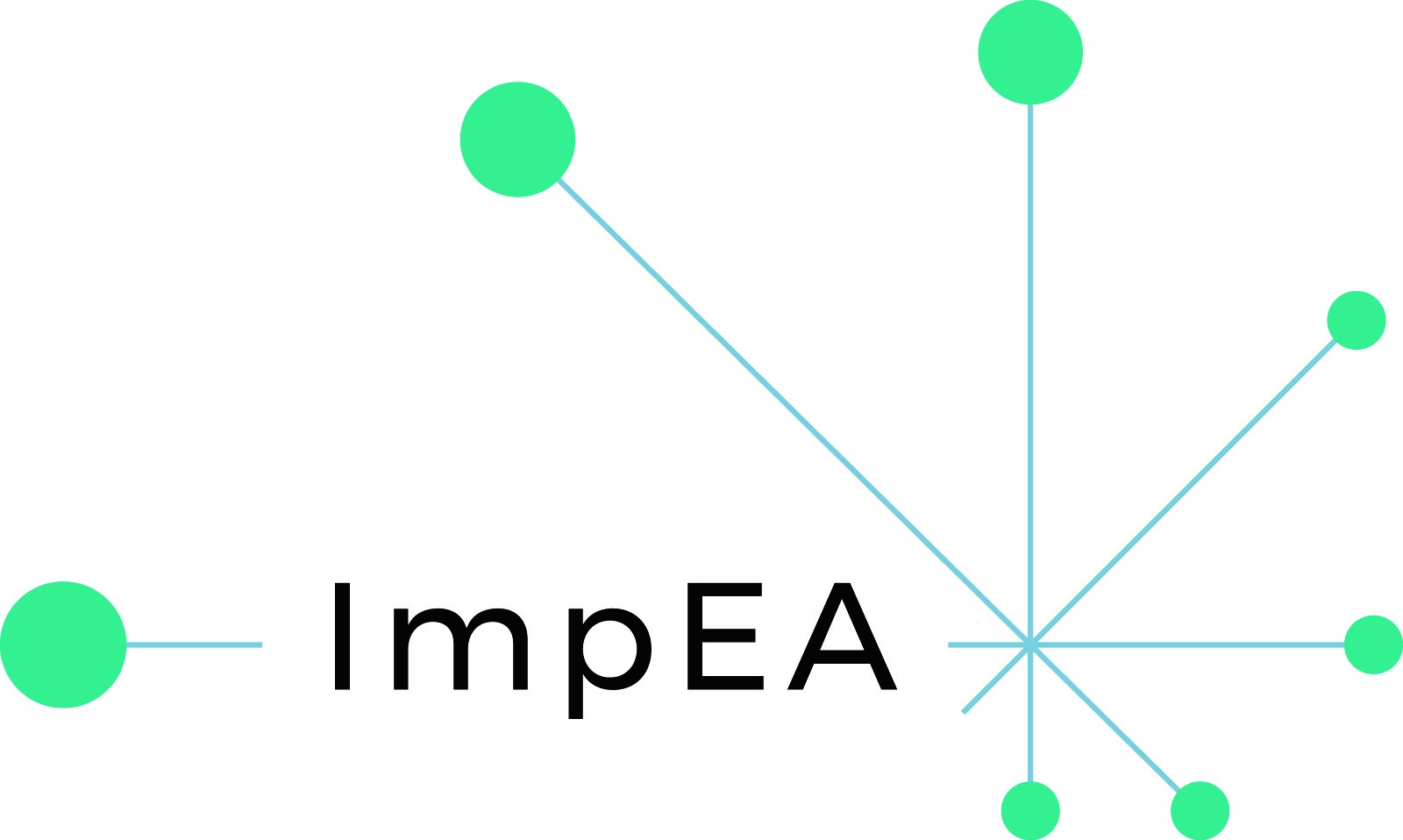Check other articles
1. Eligibility
2. Learning outcomes
3. Study programmes
4. Admission and recognition
5. Learning, teaching and assessment
6. Student support
7. Resources
8. Transparency and documentation
9. Quality assurance
3
Study Programmes
Standards 2 and 3 of the European Approach should be read and interpreted together with standard 1.2 of the Standards and Guidelines for Quality Assurance in the European Higher Education Area. However, there are several additional aspects of quality assurance very unique for joint programmes.
3.1 Curriculum
The structure and content of the curriculum should be fit to enable the students to achieve the intended learning outcomes.
Intended learning outcomes, together with programmes aims and objectives, are the main points of reference for the structure and content of the curriculum. This dependence is applicable in every study programme. However, when discussing joint programmes there are two specific aspects that need to be taken into consideration here.
- The curriculum needs to emphasise the jointness of the programme. The structure of the curriculum and its content should lead to synergy of the contributions of the consortium partners. This means that the main value of the programme is coming from the joint design and delivery. Gathering knowledge and resources of all the consortium partners should provide the students with learning opportunities difficult to achieve by a single higher education institution.
The jointness of the programme should enable the partners to be innovative in their approach to structuring the academic content, beyond the capacity of a single partner. International and intercultural skills and competencies can be indicated as one of examples of such synergy possible to achieve in the learning environment provided by a joint programme. However, the structure of the curriculum should enable students to develop them.
- Each partner should have their clear and unique role and contribution to the curriculum. This means, that the design of the curriculum content should be focused on brining together distinctive expertise and input to the study programme. This could be a unique research interests, education opportunities, learning environment, facilities, etc.
Each partner’s responsibilities within the curriculum should be clearly identified.
3.2 Credits
The European Credit Transfer System (ECTS) should be applied properly, and the distribution of credits should be clear.
The ECTS system is widely known and commonly used within the European Higher Education Area. However, there are some differences among the countries and higher education institutions policies regarding its practical use. Therefore, it is yet another specific factor to taken into consideration in managing quality of a joint programme. Identification of those different approaches to the ECTS application among the partners, is particularly important at the early stage of design of a joint programme. It should be completed before approaching ex ante accreditation as it would influence the structure of the curriculum and the distribution of content among its modules.
Some higher education institutions adopt a policy of a fixed number of ECTS credits per module. In such institution every module would have a constant ECTS value. Therefore, the structure of the curriculum, the content of the modules and their distribution per a study period (i.e. semester) is determined by this factor.
Other institutions adopt exactly opposite approach. First, the overarching learning logic and content of the modules are designed and distributed within the curriculum. Only after this stage is completed, the workload necessary to achieve the intended learning outcomes within the modules are estimated and ECTS points allocated accordingly. There is no preferred approach to this aspect of the study programme. However, it is crucial for the partners to outline their policies in this aspect and agree upon a common management of the ECTS credits distribution and allocation.

3.3 Workload
A joint bachelor programme will typically amount to a total student workload of 180-240 ECTS-credits; a joint master programme will typically amount to 90-120 ECTS-credits and should not be less than 60 ECTS-credits at second cycle level (credit ranges according to the FQ-EHEA); for joint doctorates there is no credit range specified.
The workload and the average time to complete the programme should be monitored.
The workload necessary to achieve programme’s intended learning outcomes and obtain a degree is strictly indicated in the national legal framework. However, joint programmes’ consortia need to be aware that there might be significant differences among national degree structures regarding the ECTS credits. For example, in most of the EHEA countries, master’s programme is required to bear no less then 90 ECTS. However, there are some countries, in which awarding master’s degree require only 60 ECTS. Addressing those differences by the programme’s consortium is particularly relevant for the ex-ante accreditation or future recognition of ex-post accreditation decision based on the European Approach. Some EHEA countries might not be able to consider a joint programme which does not meet their national workload requirements, as eligible for undergoing any accreditation procedure.
The workload and the average time to complete the programme should be monitored.
